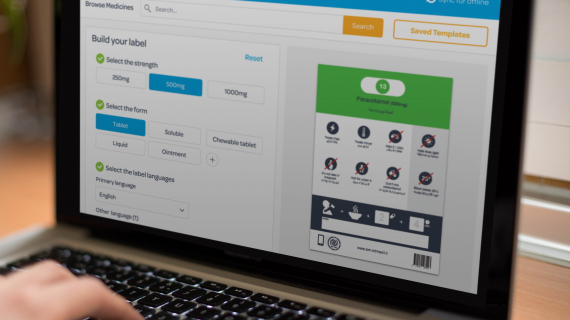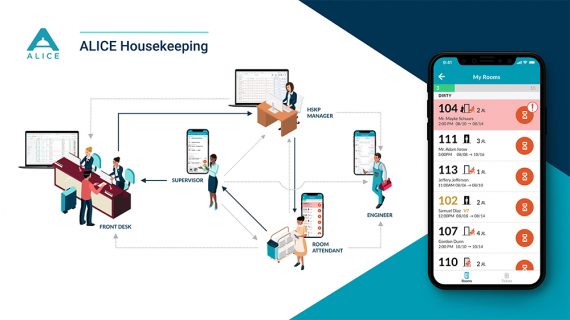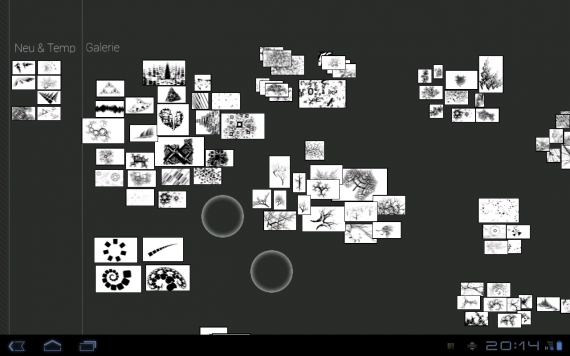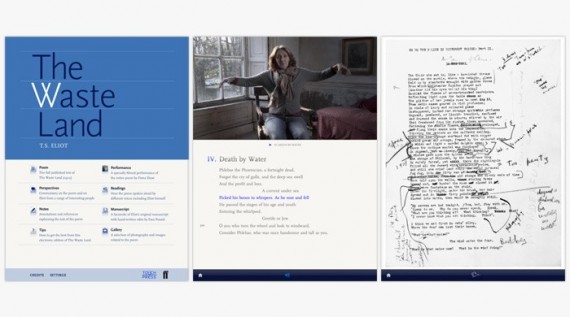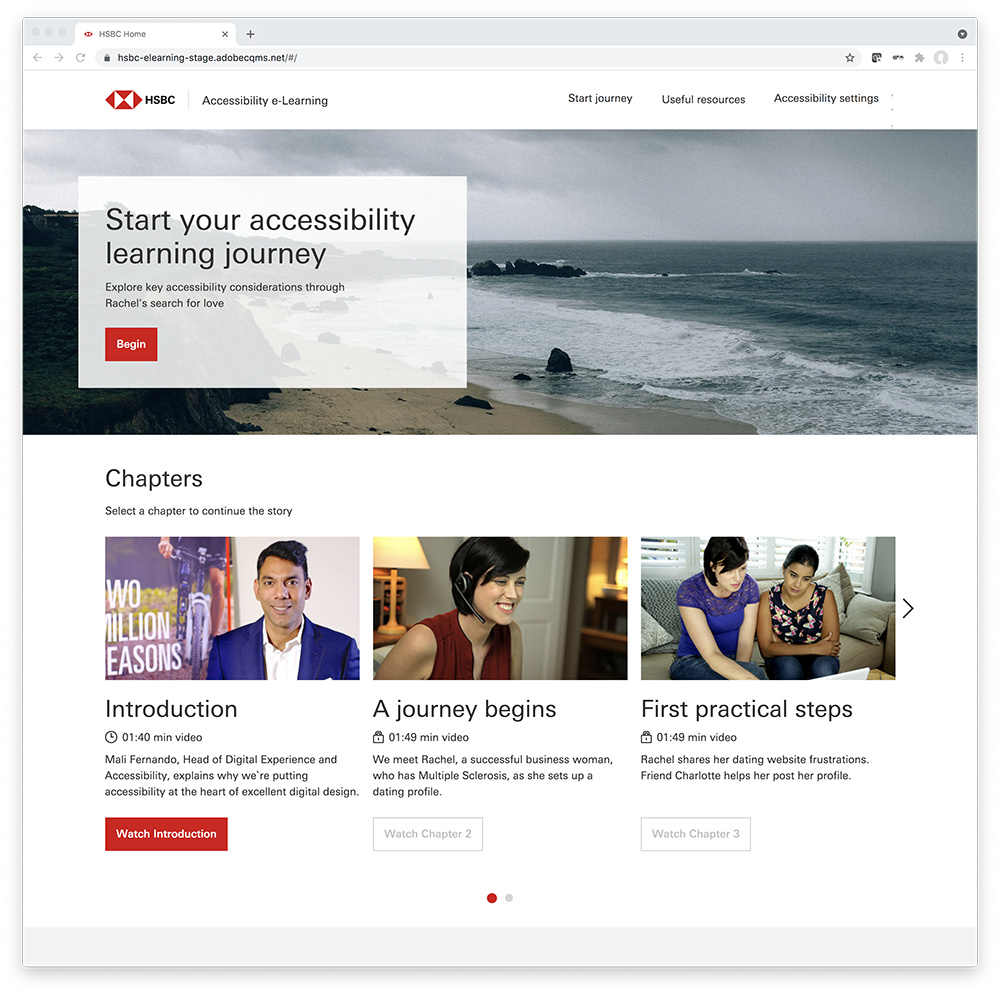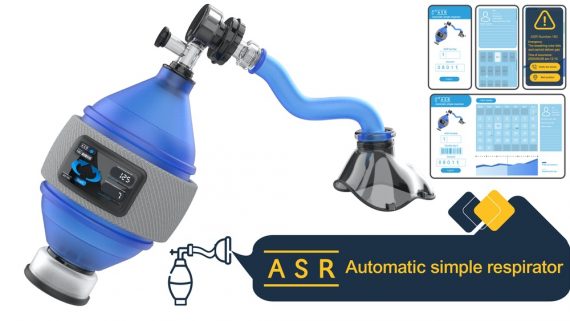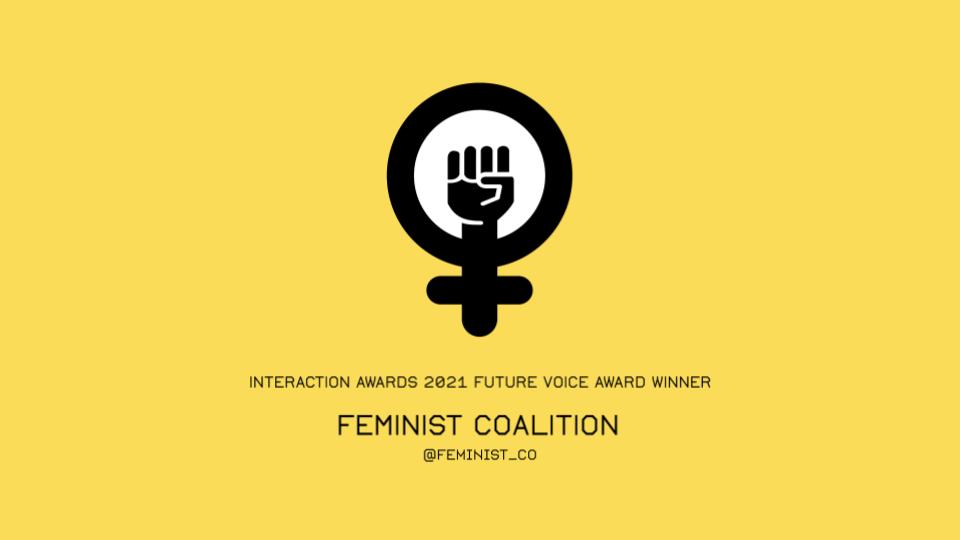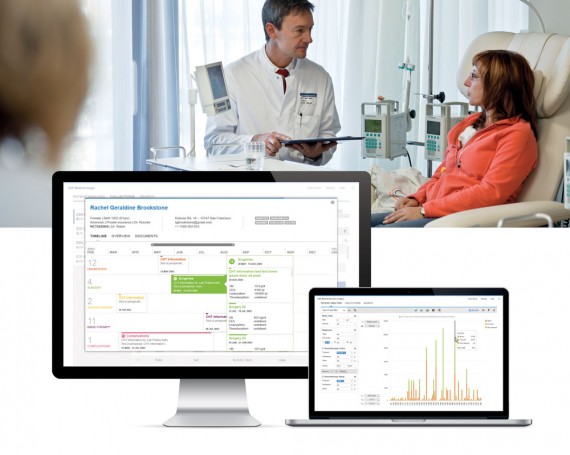IOM - Reimaging Medication Labelling
Team
Company | Institution
Category
Type
Project description
There are currently over 65 million people displaced worldwide, the highest number since World War II. Last year the UN’s migration body, the International Organisation for Migration (IOM) attended to the welfare of over 5.2 million people. Although access to healthcare is a basic human right, the growing number of refugees and migrants is making it increasingly difficult to provide support on the ground. Inspired by the on-going European refugee crisis, Frontend volunteered to work with IOM to review their service provisioning and design a “Future Vision for Migrant Healthcare”. Reimaging medication labelling is a central part of this project.
Overview
There are currently over 65 million people displaced worldwide, the highest number since World War II. Last year the UN’s migration body, the International Organisation for Migration (IOM) attended to the welfare of over 5.2 million people. Although access to healthcare is a basic human right, the growing number of refugees and migrants is making it increasingly difficult to provide support on the ground. Inspired by the on-going European refugee crisis, Frontend volunteered to work with IOM to review their service provisioning and design a “Future Vision for Migrant Healthcare”. Reimaging medication labelling is a central part of this project.
Our Future Designers:
This was a great opportunity to engage with the next generation of designers. Frontend organised a design bootcamp and invited top design colleges to participate. Students from around the world applied and ten were selected to join us at our studios in Dublin. Over 3 days they explored needs, shared ideas and proposed solutions, which were subsequently reviewed and developed by IOM and Frontend’s design team.
Reimaging Medication Labelling:
Currently aid agencies working on the ground procure medication in bulk and redistribute to individual patients in Ziploc bags with hand-written labels. This approach provides limited information, is inconsistent and often leads to confusion. Furthermore, migrants come from a variety of countries, with different languages, literacy levels and cultures. There is a need to prioritise solutions that allow people from different backgrounds understand each other, as well as the care they are being provided.
We envisioned a system where users could access a set of standardised label templates that could be customised to work in specific language and treatment contexts. Each label was designed with a clear hierarchy of information, using icons, colours and numbering to simplify comprehension for patients with language and literacy issues.
Using a web based tool, healthcare workers can select the specific medication, adjust the strength if needed, and then choose a primary and two secondary languages for the label (supporting communication between patient and care giver). Once printed, the design also accommodates the addition of individual dosage instructions and supplementary notes if necessary.
The standardised numbering and colour coding scheme ensures medicines can be quickly identifiable by both patients and healthcare workers across different organisations, speeding up distribution and avoiding errors. Our research also identified a high prevalence of mobile phones among migrants, which provided us with an opportunity to allow patients access full medication information and instructional videos in their own language by scanning the medication label with their phone.
To explore the “Future Vision for Migrant Healthcare” collaboration in full please visit www.frontend.com/futurevision/.
Impact
Standardised labelling improves efficiencies, reduces mistakes and improves communication & understanding amongst all players. It also empowers vulnerable patients already traumatised by extreme circumstances by reducing their uncertainties and anxieties. In addition, it allows agencies to deliver much needed aid quickly, efficiently and supports continuity of care.
In December 2016, IOM will present this concept to the World Health Organisation (WHO) Global Health Cluster in the hope of creating a standard system across all emergency aid agencies.
Context
Displaced People, Healthcare Workers, Aid Agencies.
Impact
Standardised labelling improves efficiencies, reduces mistakes and improves communication & understanding amongst all players. It also empowers vulnerable patients already traumatised by extreme circumstances by reducing their uncertainties and anxieties. In addition, it allows agencies to deliver much needed aid quickly, efficiently and supports continuity of care.
In November 2016 IOM will present this concept to the WHO cluster group in the hope of creating a standard system across all emergency aid agencies.
Overview
There are currently over 65 million people displaced worldwide, the highest number since World War II. Last year the UN’s migration body, the International Organisation for Migration (IOM) attended to the welfare of over 5.2 million people. Although access to healthcare is a basic human right, the growing number of refugees and migrants is making it increasingly difficult to provide support on the ground. Inspired by the on-going European refugee crisis, Frontend volunteered to work with IOM to review their service provisioning and design a “Future Vision for Migrant Healthcare”. Reimaging medication labelling is a central part of this project.
Our Future Designers:
This was a great opportunity to engage with the next generation of designers. Frontend organised a design bootcamp and invited top design colleges to participate. Students from around the world applied and ten were selected to join us at our studios in Dublin. Over 3 days they explored needs, shared ideas and proposed solutions, which were subsequently reviewed and developed by IOM and Frontend’s design team.
Reimaging Medication Labelling:
Currently aid agencies working on the ground procure medication in bulk and redistribute to individual patients in Ziploc bags with hand-written labels. This approach provides limited information, is inconsistent and often leads to confusion. Furthermore, migrants come from a variety of countries, with different languages, literacy levels and cultures. There is a need to prioritise solutions that allow people from different backgrounds understand each other, as well as the care they are being provided.
We envisioned a system where users could access a set of standardised label templates that could be customised to work in specific language and treatment contexts. Each label was designed with a clear hierarchy of information, using icons, colours and numbering to simplify comprehension for patients with language and literacy issues.
Using a web based tool, healthcare workers can select the specific medication, adjust the strength if needed, and then choose a primary and two secondary languages for the label (supporting communication between patient and care giver). Once printed, the design also accommodates the addition of individual dosage instructions and supplementary notes if necessary.
The standardised numbering and colour coding scheme ensures medicines can be quickly identifiable by both patients and healthcare workers across different organisations, speeding up distribution and avoiding errors. Our research also identified a high prevalence of mobile phones among migrants, which provided us with an opportunity to allow patients access full medication information and instructional videos in their own language by scanning the medication label with their phone.
To explore the “Future Vision for Migrant Healthcare” collaboration in full please visit www.frontend.com/futurevision/.
Impact
Standardised labelling improves efficiencies, reduces mistakes and improves communication & understanding amongst all players. It also empowers vulnerable patients already traumatised by extreme circumstances by reducing their uncertainties and anxieties. In addition, it allows agencies to deliver much needed aid quickly, efficiently and supports continuity of care.
In December 2016, IOM will present this concept to the World Health Organisation (WHO) Global Health Cluster in the hope of creating a standard system across all emergency aid agencies.
Context
Displaced People, Healthcare Workers, Aid Agencies.
Impact
Standardised labelling improves efficiencies, reduces mistakes and improves communication & understanding amongst all players. It also empowers vulnerable patients already traumatised by extreme circumstances by reducing their uncertainties and anxieties. In addition, it allows agencies to deliver much needed aid quickly, efficiently and supports continuity of care.
In November 2016 IOM will present this concept to the WHO cluster group in the hope of creating a standard system across all emergency aid agencies.

